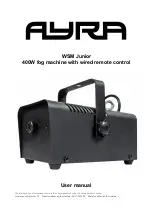
Upper Threading
29
1
Pulling up the bobbin thread
When making gathers or before free-motion quilting,
first pull up the bobbin thread as described below.
1
Insert the bobbin into the bobbin case.
• Refer to steps
1
through
5
of “Installing the
bobbin” (page 20).
2
Pass the bobbin thread through the slot.
Do not cut the thread with the cutter.
3
While lightly holding the upper thread with
your left hand with the needle in the up-
position, press
(“Needle Position”
button) twice to lower and raise the needle.
1
“Needle Position” button
X
The bobbin thread is looped around the
upper thread and can be pulled up.
4
Carefully pull the upper thread upward to pull
out the end of the bobbin thread.
5
Pull out about 10-15 cm (4-5 inches) of the
bobbin thread under the presser foot toward
the rear of the machine.
6
Reattach the bobbin cover.
Insert the tab in the lower-left corner of the
bobbin cover, and then lightly press down on
the right side.
1
1
2
Summary of Contents for Crafter's Choice BLCC2
Page 1: ......
Page 56: ...54 SEWING BASICS...
Page 94: ...92 UTILITY STITCHES...
Page 111: ......
Page 112: ......
















































